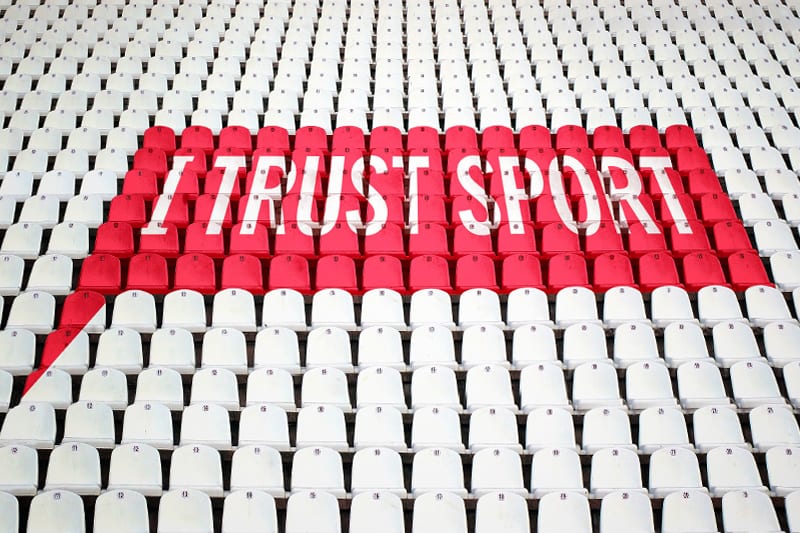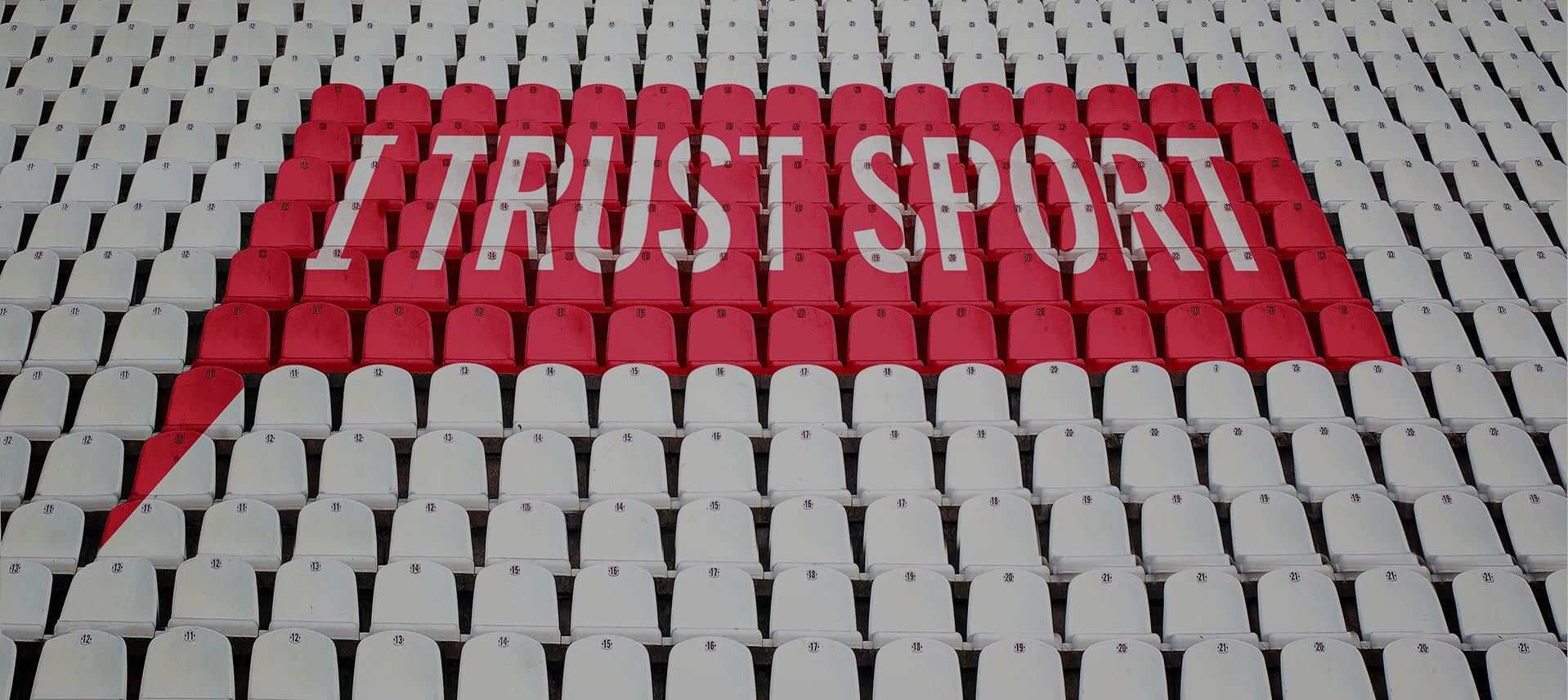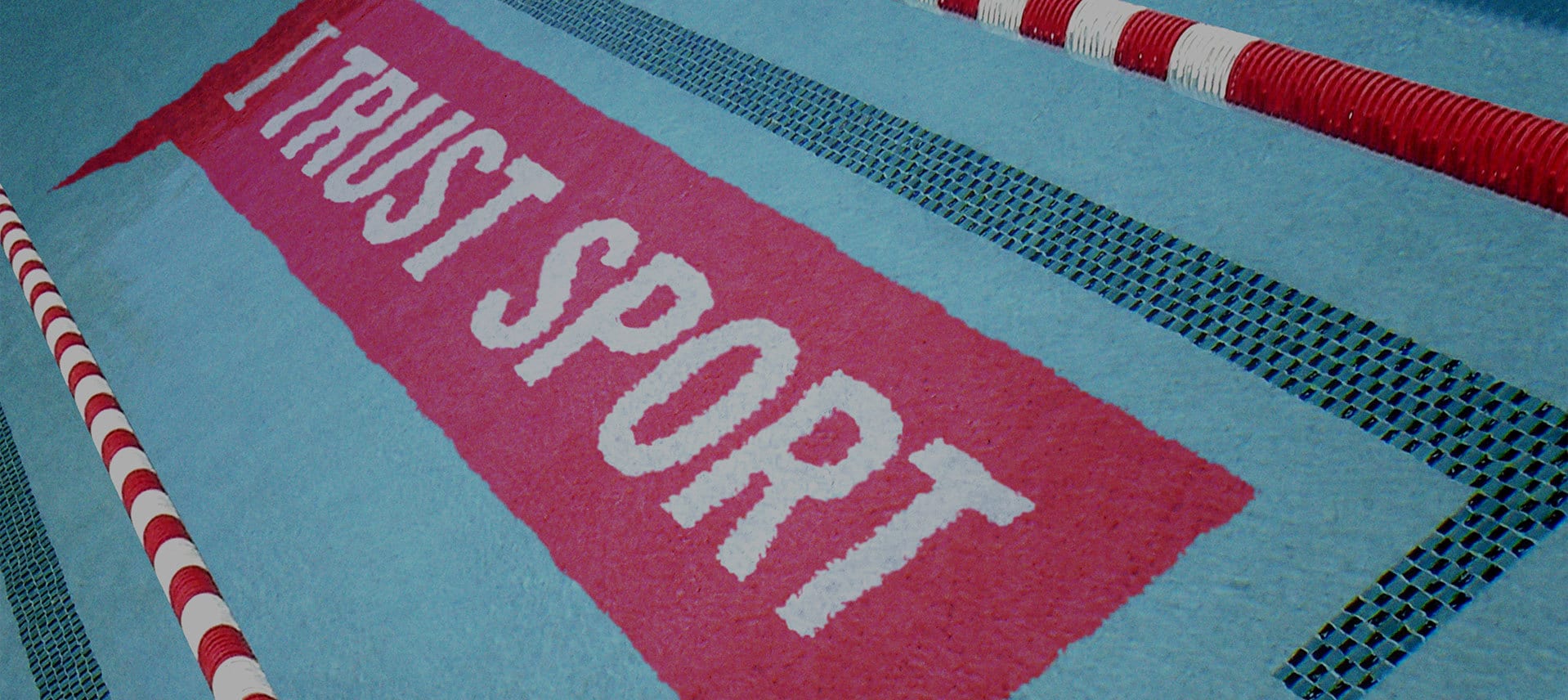Breakaway federations in sport can be very disruptive but fear of an emerging threat may motivate an incumbent body to make necessary changes.
In recent days the Guardian and others have published evidence suggesting that TV network Ten Sports, which broadcasts cricket in several countries, is discreetly plotting a breakaway tournament. There is a precedent as Ten’s parent company ran the now defunct Indian Cricket League from 2007 to 2009. Arguably, the International Cricket Council’s widely questioned move last year to consolidate power among three members (India, Australia and England) has increased the likelihood of a breakaway.
Meanwhile, SportAccord president Marius Vizer recently criticised the IOC for what he perceived as attempts to block his multi-sport event plans. Vizer’s aggressive approach sparked an immediate protest by international sports federations that he was not representing the views of his members. The situation is still evolving but future events controlled by SportAccord such as the World Combat Games scheduled for Lima, Peru in 2017 may be at risk.
Breakaway federations in sport are nothing new: in England the Northern Rugby Football Union separated from the Rugby Union in 1895, resulting in the creation of rugby league. Sports including boxing, darts and some martial arts have become fragmented over the decades.
Most breakaways are financially motivated: a group sees an opportunity to make more money, using that promise to try to entice away athletes and attract investment. Historically, incumbent federations have often threatened athletes with life bans if they join a rebel group, thinly-disguising their self-interest under the banner of the need for “unity”.
As a rule, the breakaway group is focused only on creating an elite showcase packaged for media with no meaningful commitment to the wider sport. In that sense they are dependent on others to develop the athletes who will ultimately appear in their competition.
The model of international sport is based on one global federation for each sport that controls the rules and sanctions competitions, effectively acting as a monopoly. The IOC’s policy to recognise a single federation in each sport reinforces this structure. (But legal challenges to the monopoly status of sports federations emerge from time to time, such as an EU case in relation to speed skating.)
As different sports are battling for attention both with each other and with other forms of leisure it is hard to see how the existence of rival, non-cooperating federations could benefit a single sport once objectives such as grass-roots development and growing international competition are taken into account.
However, there seems to be a growth in “frenemy” relationships in which the main international federation understands that it has to co-exist with separate leagues or rival competitions (such as the ICC and the Indian Premier League in cricket, the FEI and the Global Champions Tour in equestrian sport, or FIBA and the NBA in basketball). While co-operation between bodies is much less disruptive to a sport than outright hostility, the main federation runs the risk of having responsibility for running the sport globally without the revenue from the most lucrative competitions.
The best defence against a breakaway threat is surely to manage a sport well in the interests of its members and other stakeholders. Athletes should receive a fair proportion of the revenue that a sport generates and the formats of events must evolve as the market for broadcasting and live spectators changes.
It looks probable that sports federations which currently enjoy a virtual monopoly will face more rather than fewer challenges to their position in future. In that context, fear of a breakaway should focus minds on much-needed reforms. Calls for “unity” alone will not be enough.


